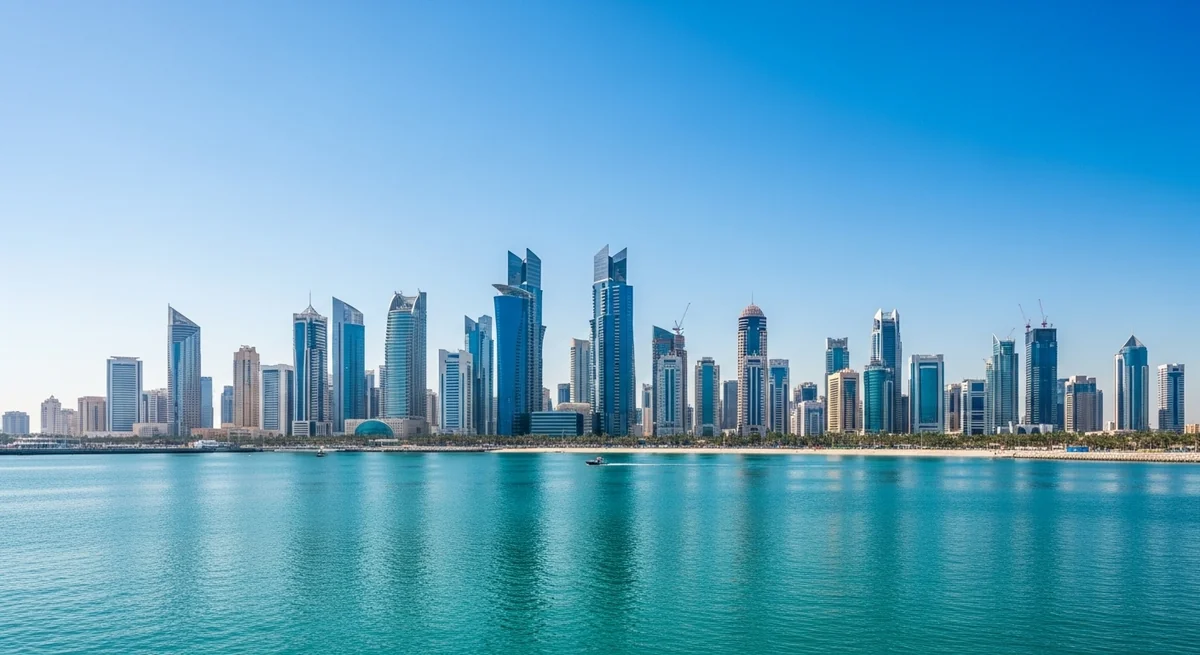Financial Analysis of Bahrain's Economy

Financial Analysis of Bahrain's Economy
Bahrain's economy, characterized by its dynamic sectors and strategic location in the Gulf, presents a compelling landscape for businesses and investors seeking to understand its financial nuances. This article delves into the financial analysis of Bahrain's economy, exploring key economic indicators, sectoral contributions, and fiscal outlook, providing essential insights for informed decision-making.
Overview of Bahrain's Economic Performance
Bahrain's economy has demonstrated resilience, with its Gross Domestic Product (GDP) reaching BHD 13.66 billion in 2023. This reflects a 2.4% increase from the previous year, driven predominantly by the non-oil sector, which contributed 83.9% to the GDP. The financial sector alone accounted for 17.8%, underscoring its pivotal role in the economic landscape of Bahrain.
Key Economic Indicators
-
GDP Growth: In Q1 2024, Bahrain's real GDP grew by 3.3% year-on-year, with the non-oil sector matching this growth rate. This steady expansion highlights the country's ability to diversify its economic activities beyond oil reliance.
-
Sectoral Growth: The transportation and storage industry surged by 13% in Q2 2024, while information and communications grew by 11%, and accommodation and food services increased by 10.6%. These figures illustrate the robust performance of Bahrain's service sectors.
-
Fiscal Outlook: Despite economic growth, Bahrain faces challenges with a projected government debt of 123.3% of GDP in 2023, expected to rise to 128.0% by 2025. The fiscal deficit also remains a concern, projected at 8.5% of GDP in 2023.
Sectoral Contributions to the Economy
-
Financial Sector: Contributing 18.08% to real GDP, the financial sector remains a cornerstone of Bahrain's economy. Major financial institutions like Ahli United Bank and the Bank of Bahrain and Kuwait (BBK) play significant roles in this domain.
-
Manufacturing and Services: Manufacturing accounted for 21% of GDP in 2024, with consistent growth across quarters. The services sector employs 64.5% of the workforce, contributing significantly to economic stability and growth.
-
Trade and External Sector: Bahrain's exports, valued at $40.344 billion in 2023, are dominated by petroleum products and aluminum. The import sector, valued at $32.374 billion, includes crude oil, machinery, and chemicals, reflecting a balanced trade landscape.
Investment and Economic Growth Prospects
Investment initiatives, such as the $1 billion fund launched by Bahrain's Investcorp in collaboration with China's CIC, target high-growth sectors like consumer, healthcare, and logistics. These investments are poised to bolster economic growth and diversification efforts.
However, the economic outlook for Bahrain and the broader Gulf region suggests a slower growth pace due to global recession fears and fluctuating oil prices. This underscores the importance of strategic diversification and fiscal management.
Conclusion
Bahrain's economic landscape offers a mix of opportunities and challenges for businesses and investors. The real-time API providing business insights from Bahrain's business directory can serve as a crucial tool for accessing up-to-date economic data and trends, enabling informed decision-making. As the economy continues to evolve, staying informed will be key to capitalizing on emerging opportunities.

In conclusion, while Bahrain faces fiscal challenges, its diversified economy and strategic initiatives position it as a promising hub for investment and business growth. Businesses and investors equipped with real-time data and insights will be better positioned to navigate and thrive in Bahrain's dynamic economic environment.